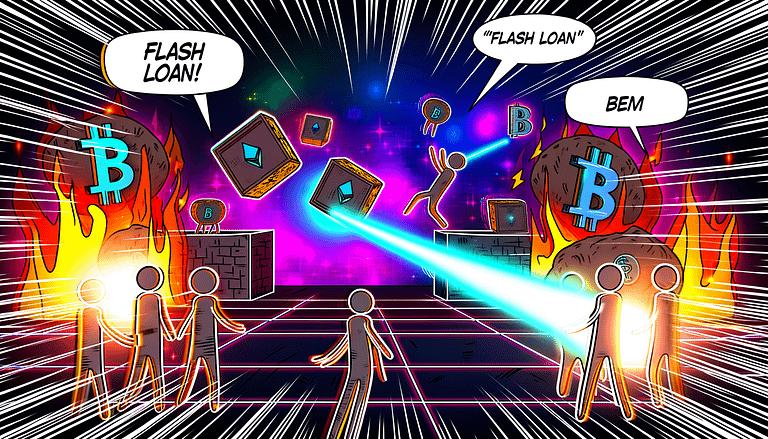Bittensor Hacked Again, $8M Stolen in Key Leak
In A Nutshell
The Bittensor network experienced a significant security breach leading to an $8 million theft, resulting in the network’s temporary shutdown. This incident underscores the ongoing challenges within the crypto industry, particularly the rising issue of private key leaks surpassing smart contract vulnerabilities as a primary threat vector.
Security Breach Temporarily Halts Bittensor Network
On July 3, the Bittensor network was compelled to pause its operations following a security breach that led to the unauthorized withdrawal of digital assets valued at approximately $8 million. Ala Shaabana, Bittensor’s co-founder, communicated via a social media post that the network had been put into “safe mode” to contain the attack, halting all transactions while allowing block production to continue.
Theft Through Private Key Leak
The theft was initially reported by an onchain investigator, identified pseudonymously as ZachXBT, attributing the loss to a possible private key leak. An unknown entity managed to drain 32,000 Bittensor (TAO) tokens, marking the second significant attack on the network within a month. This event followed an earlier incident where $11.2 million worth of TAO tokens were siphoned off from a different wallet.
Rising Threat of Private Key Leaks
Recent trends indicate a shift in the hacking landscape within the crypto space, with private key leaks now accounting for more than half of all stolen digital assets in 2023. This pivot from exploiting smart contract vulnerabilities reflects hackers’ preference for targeting weaker security practices related to key management. According to Merkle Science’s “2024 Crypto HackHub Report,” over 55% of hacked digital assets in 2023 were due to private key leaks, a stark contrast to the significant reduction in funds lost to smart contract vulnerabilities.
Our Take
The recent breach of the Bittensor network serves as a critical reminder of the evolving threats in the crypto space. As hackers shift their focus to exploiting private key vulnerabilities, it becomes imperative for both individuals and institutions to adopt more stringent security measures. This incident not only highlights the need for improved key management practices but also underlines the importance of continuous vigilance and adaptation to the ever-changing landscape of cybersecurity in the realm of digital assets. Moving forward, fostering a culture of security awareness and adopting advanced cryptographic solutions will be crucial in mitigating these risks and ensuring the safety of digital assets.







